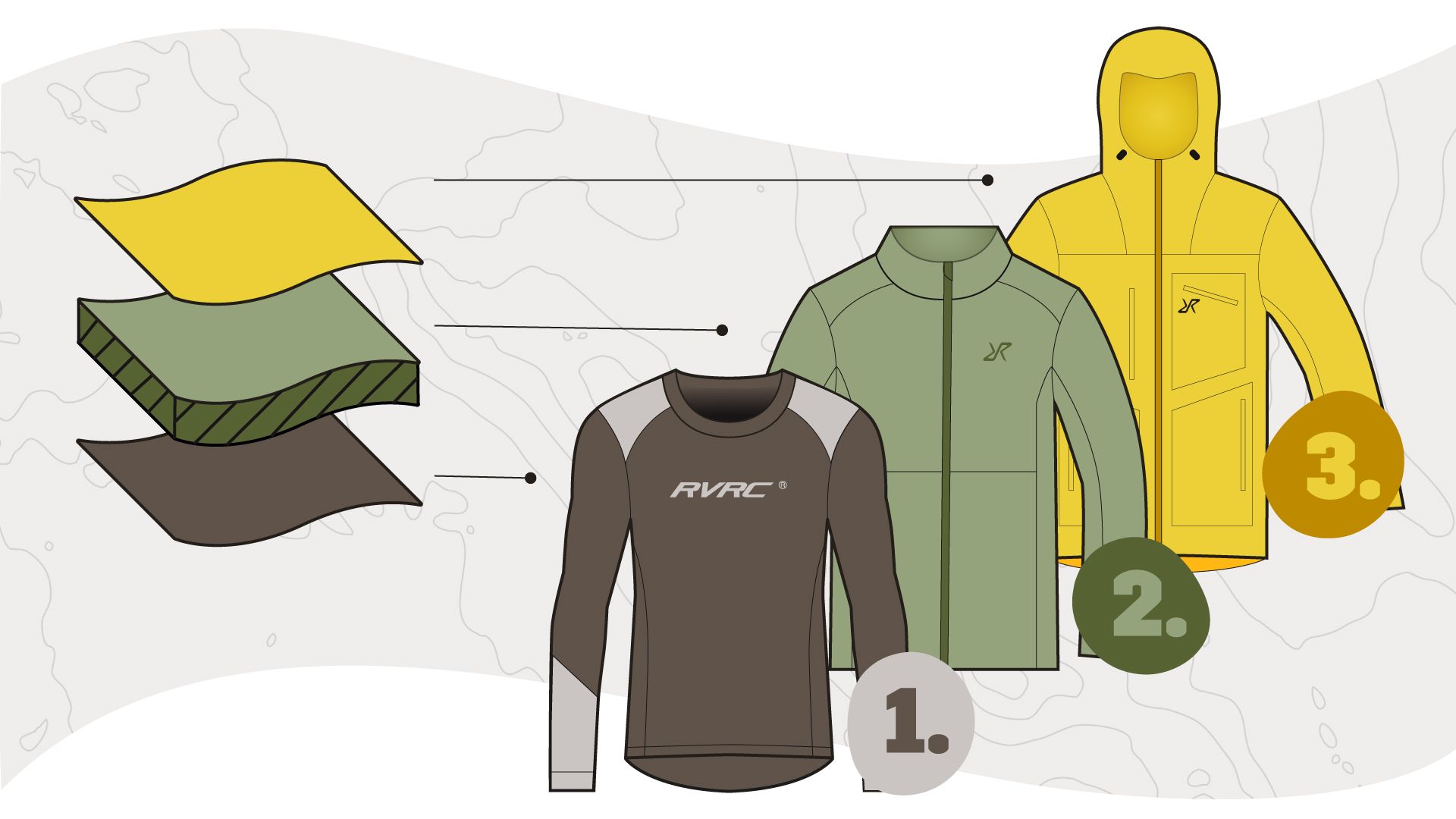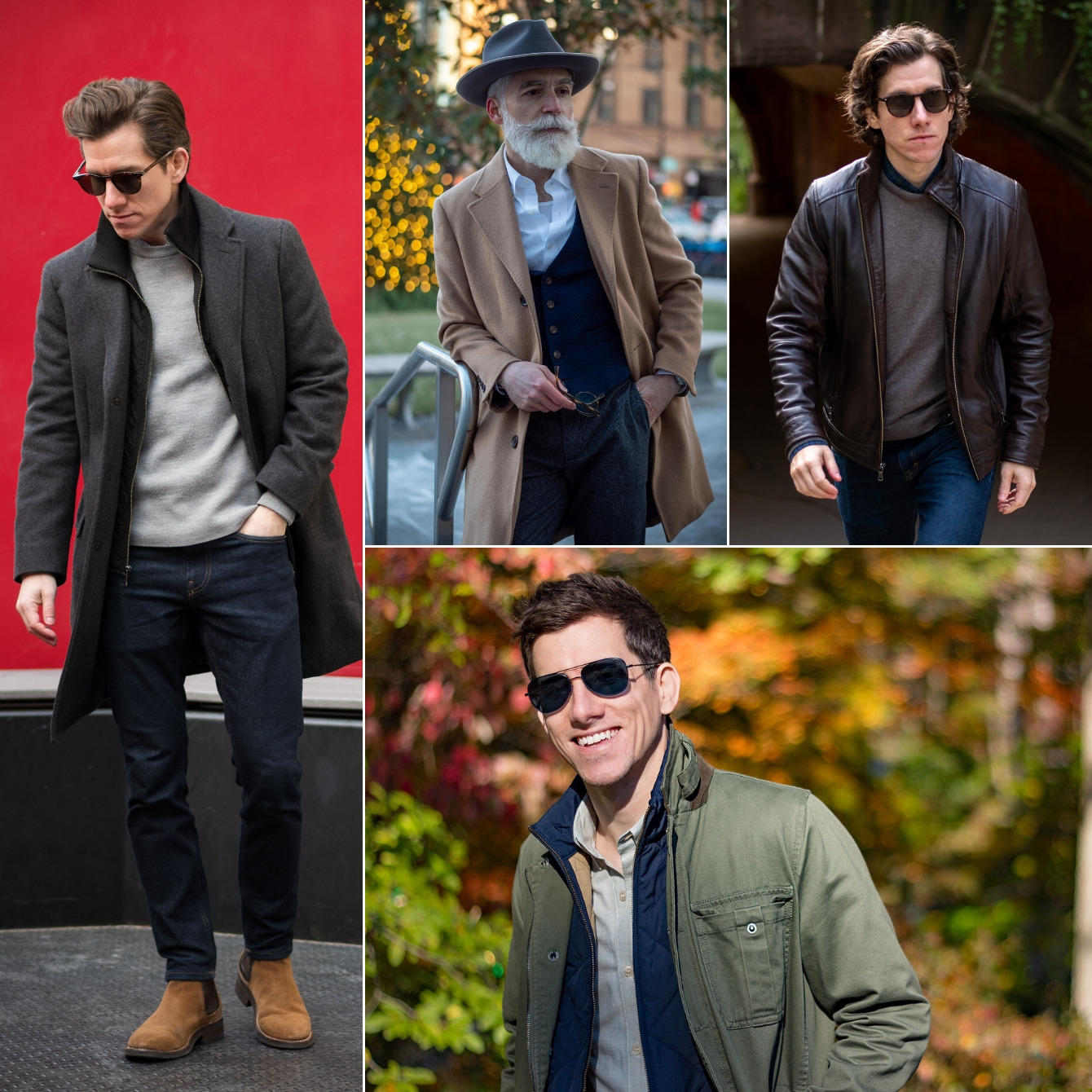Mastering the art of layering isn’t just about staying comfortable—it’s about adapting to unpredictable weather, looking effortlessly put-together, and maximizing your wardrobe’s versatility. Whether you’re navigating arctic winters or mild Mediterranean climates, smart layering strategies can transform how you dress throughout the year.
Understanding the Three-Layer System

The foundation of effective layering revolves around three distinct layers, each serving a specific purpose:
Base Layer: Your foundation piece sits directly against your skin, managing moisture and providing initial warmth. Think merino wool or synthetic moisture-wicking fabrics that keep you dry and comfortable. Cotton, while comfortable in mild weather, retains moisture and can leave you feeling clammy or cold.
Insulating Layer: This middle layer traps warm air and provides the bulk of your thermal protection. Fleece, down, wool sweaters, or synthetic insulation work beautifully here. The key is choosing pieces that breathe while maintaining warmth, allowing you to add or remove layers as conditions change.
Shell Layer: Your outermost armor protects against wind, rain, and snow while allowing moisture from your body to escape. A good shell layer can make the difference between a comfortable day outdoors and a miserable one.
Spring Layering: Navigating the Unpredictable Season

Spring weather plays tricks on even the most prepared dressers. Morning frost can give way to afternoon warmth, and sudden rain showers appear from seemingly clear skies.
Start with a lightweight base layer like a fitted long-sleeve shirt or thin merino wool top. Add a cardigan, light sweater, or denim jacket as your insulating layer. For your shell, choose a packable rain jacket or windbreaker that you can easily stash in a bag when the sun emerges.
The spring layering secret lies in pieces that transition well throughout the day. A lightweight scarf can provide morning warmth and transform into an evening accessory. Cardigans offer more versatility than pullovers, allowing you to adjust your coverage as temperatures fluctuate.
Summer Layering: Staying Cool While Looking Sharp
Summer layering might seem counterintuitive, but it’s essential for air-conditioned offices, evening temperature drops, and sun protection. The goal shifts from warmth to temperature regulation and UV defense.
Choose breathable base layers in linen, cotton, or moisture-wicking synthetics. Light colors reflect heat while darker shades can be strategic for creating visual interest without absorbing excessive warmth. A lightweight button-down shirt over a tank top provides sun protection and professional polish while remaining easily removable.
For evening or air-conditioned spaces, pack a light cardigan, blazer, or pashmina. These pieces add sophistication while providing just enough warmth for artificially cooled environments. The key is selecting fabrics that breathe and pieces that pack small enough to carry comfortably.
Fall Layering: Embracing Cozy Sophistication
Fall offers the perfect playground for layering enthusiasts. Cooler mornings, warm afternoons, and crisp evenings create ideal conditions for showcasing your layering skills.
Begin with a fitted base layer in merino wool or cotton blend. Add texture and warmth with a knit sweater, vest, or cardigan. A wool blazer or leather jacket serves as an excellent middle layer, providing structure and style. Top everything with a wool coat or insulated jacket for true autumn weather.
Fall layering allows for creative mixing of textures and patterns. Try pairing a chunky knit sweater with a sleek blazer, or layer a plaid shirt under a solid sweater for visual interest. The season’s rich color palette offers endless opportunities for sophisticated combinations.
Winter Layering: Mastering Maximum Warmth
Winter demands serious layering strategy, especially in harsh climates. The three-layer system becomes critical for maintaining warmth without bulk.
Start with a quality base layer in merino wool or synthetic materials designed for cold weather. Avoid cotton, which retains moisture and loses insulating properties when wet. Your insulating layer might include a wool sweater topped with a fleece or down vest. For extremely cold conditions, consider multiple insulating layers of varying weights.
Your shell layer needs serious weather protection capabilities. Look for coats with waterproof or water-resistant exteriors, sealed seams, and adequate insulation. Features like adjustable hoods, cuffs, and hem drawstrings help seal out cold air.
Don’t forget your extremities. Layering extends to accessories—thin liner gloves under insulated mittens, moisture-wicking sock liners under wool socks, and warm hats that fit comfortably under coat hoods.
Climate-Specific Considerations
Desert Climates: Focus on sun protection and temperature swings. Lightweight long sleeves protect against UV rays during scorching days, while layers become essential for surprisingly cold desert nights.
Humid Climates: Prioritize moisture-wicking fabrics and avoid heavy layering that traps heat and humidity. Quick-dry materials and loose-fitting layers help maintain comfort in sticky conditions.
Coastal Areas: Prepare for wind and salt air with layers that resist moisture. A windproof outer layer becomes crucial, and materials that don’t retain odors work well in humid, salty environments.
Mountain Regions: Elevation changes mean dramatic temperature variations. Pack layers for every possibility, focusing on pieces that perform well in wind and potential precipitation.
Fabric Selection for Smart Layering
Natural fibers like merino wool offer excellent temperature regulation, odor resistance, and comfort across seasons. Wool maintains insulating properties even when damp and naturally fights bacteria that cause odors.
Synthetic fabrics excel at moisture management and durability. Polyester blends dry quickly and maintain their shape through repeated washing. However, they can retain odors more readily than natural fibers.
Avoid cotton as a base layer in cold or wet conditions, but embrace it for summer layering and casual spring pieces. Cotton breathes well in warm weather but becomes problematic when moisture and cold combine.
Color and Pattern Coordination
Successful layering requires thoughtful color coordination. Build around a neutral base palette—navy, gray, black, or camel—then add personality with accent colors and patterns.
When mixing patterns, vary the scale. Pair a fine stripe with a larger plaid, or combine a small floral print with a solid color. Stick to a cohesive color story to maintain visual harmony.
Consider the visual weight of your layers. Heavy textures and dark colors add visual bulk, while lighter colors and smoother textures minimize visual weight. Balance these elements to create flattering silhouettes.
Practical Layering Tips
Fit matters tremendously in layering. Each successive layer should accommodate the ones beneath without creating bulk or restricting movement. Buy base layers in your true size, insulating layers one size up if needed, and outer layers with room for everything underneath.
Invest in versatile pieces that work across multiple seasons and with various outfits. A well-chosen cardigan might work over summer dresses, under fall blazers, and as a cozy layer for winter indoor wear.
Consider packability for layers you might remove throughout the day. Lightweight down jackets compress incredibly small, while wrinkle-resistant fabrics maintain their appearance when stuffed into bags.
Building Your Layering Wardrobe
Start with quality basics in neutral colors that mix and match easily. A few excellent base layers, several mid-weight options, and one or two high-quality outer layers will serve you better than many mediocre pieces.
Gradually add specialty items for specific conditions or activities. A packable rain jacket, insulated vest, or moisture-wicking athletic wear can fill gaps in your layering system as needs arise.
Remember that effective layering is both functional and stylish. The best layered outfits look intentional rather than haphazard, combining weather protection with personal style. With practice and the right pieces, you’ll navigate any climate with confidence and comfort.
